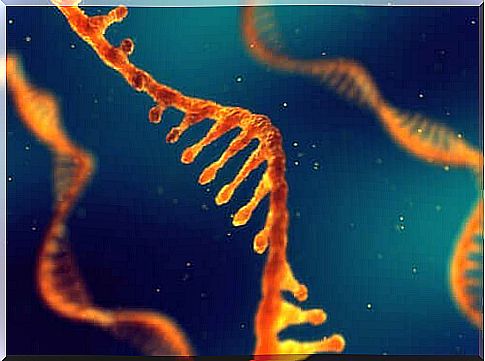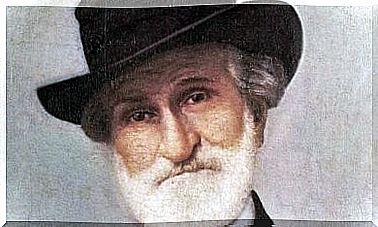Inheritance Of Knowledge: Is It Real?

A recent study conducted by Tel Aviv University has just questioned one of the basic principles of biology: the Weismann barrier. This study is the first step towards future research on the inheritance of knowledge ; that is to say that it opens the doors to the possibility of inheriting knowledge from past generations.
The team of Professor Oded Rechavi, from the Department of Neurobiology of the Faculty of Biological Sciences Wise, in collaboration with the Sagol School of Neuroscience, has discovered an RNA-based mechanism that causes the response of neurons to the surrounding environment to be hereditary. Acquired information that would influence the behavior of the offspring.
The experiment, presented on 6 June 2019, was performed on a species of worms, the nematodes ( Caenorhabditis elegans ). The team showed that cells in the nervous system are able to pass on stored information to subsequent generations of worms.

The germ line and the controversy over the inheritance of knowledge
Apparently, the RNA regulatory mechanism would allow the nervous system of living things to communicate with the germline. This line would influence the behavior of subsequent generations. And this is the great news that the aforementioned study brings.
If the hypotheses reached are confirmed, it would mean that the nervous system can control the progeny. The discovery collides, however, with the Weismann barrier, one of the most accredited principles of biology, albeit very controversial and widely discussed in recent decades.
The Weismann barrier
The Weismann barrier is the theory that proves that acquired characteristics are traits of somatic cells and in no case can they be passed on to subsequent generations. This barrier is what, according to Weismann, would differentiate the somatic cells and the germ cells of the body (ova and sperm).
Freibour A. Weismann was a German biologist and getologist. He presented his conclusions on genetic information (hereditary germplasm) in a book published in 1892.
According to his theories, changes in germplasm due to environmental influences affect hereditary characters only if they are produced in the germplasm, but not if they are produced at the somatic level, in the body of the cell.
Since then, there have been many voices in academia who have argued that the somatic-germline barrier doesn’t work that way. However, this theory has been the basis for refuting the inheritance of acquired characters for several years.
Research
The recently presented study represented a turning point. The most advanced systems were used to conduct this study. In order to create a variant of the mutant gene or allele, the latest CRISPR-Cas9 gene editing tool was used. In addition, a genetically encoded calcium indicator (GECI) and calcium image analysis, GCaMp2, were employed.
For this purpose, worms were created that produced RDE-4-dependent endo-siRNA only for neurons. The goal was to understand the hereditary effects of neuronal small nuclear RNA (RNA). The analyzes of genetically encoded calcium allowed the observation of neuronal activity by means of optogenetic systems.

Inheritance of knowledge: how does it work?
Thanks to the research, it was concluded that the snRNA of neurons regulates the genes of the germline and controls the behavior of subsequent generations. This mechanism appears to control the expression of the germline gene for several generations.
More specifically, it is neuronal RDE-4 that controls chemotaxis for at least three generations. It appears to do this through the ArgonauteHRDE-1, which is found limited to the germline.
A glimpse of science
The discovery of the RNA mechanism that makes it possible for the cells of the nervous system to communicate with germ cells (in order to favor the hereditary transmission of acquired information to subsequent generations) may change the way we conceive of this process.
Future research could prove the functioning of this mechanism also in the rest of animals and in humans. The implications of this study on the notions we have about genetics, evolution, epigenetics and inheritance of intelligence are certainly enormous.









